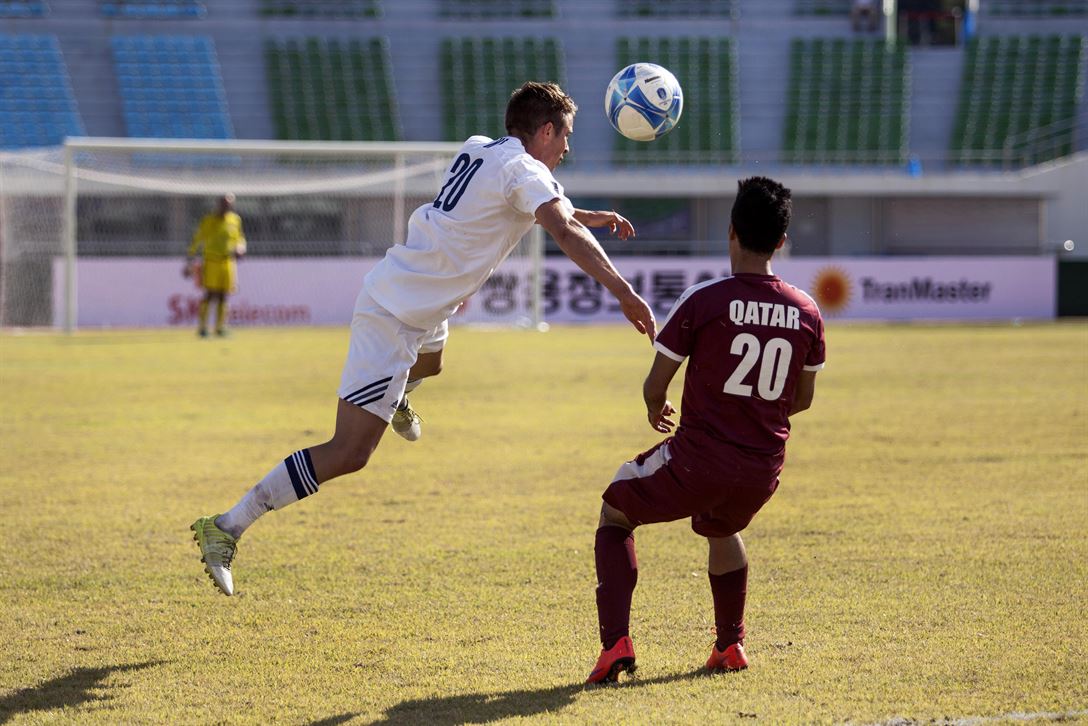News
Are “headers” worse than hits?

When it comes to brain injuries in sports, you’d think it is the big collisions you need to watch out for. However, a growing body of evidence suggests the smaller bumps – like “heading” a soccer ball – may be more dangerous.
A new report, published in the journal Frontiers in Neurology, looked specifically at how soccer “headers” compare to most collisions in the sport and found that regularly heading the ball may have a more significant effect on everyday cognitive functioning compared to the occasional accidental head impacts.
The findings come from an evaluation of over 300 adults amateur soccer players in New York City and uncovered that the athletes who headed the ball most frequently during practice and games consistently performed worse on tests of psychomotor, speed, and memory.
On the other hand, accidental head collisions were not related to any noticeable effect on cognitive test performance.
“The focus in terms of head injury in sports has really been on concussions and recognized symptomatic impacts to the head, typically due to players colliding with each other or falling down,” said lead author Dr. Michael Lipton of the Albert Einstein College of Medicine of New York City.
“And it’s probably misguided to be so tunnel-vision focused on concussion as the problem,” Lipton said in a telephone interview.
For the study, the team evaluated 308 players between the age of 18 and 55, who had played for at least five years, and were actively playing for six or more months each year.
All participants completed questionnaires covered the previous two weeks of soccer involvement, asking how many times they had headed the ball and if they had experienced any unintentional head impacts. They also undertook tests of verbal learning, verbal memory, psychomotor speed, attention, and working memory.
The athletes, approximately 80% of whom were male, completed the surveys and tests several times, at three- or six-month intervals over the course of two years.
Across all the participants, the players headed the soccer ball an average of 45 times every two weeks. However, half of men headed the ball more than 50 times and half of women headed the ball 26 or more times.
During similar time periods, approximately one-third of the soccer players experienced one or more unintentional head compacts.
While the players who reported the most number of headers in a two-week period consistently performed worse on tests of cognitive functionality, the authors described the affect as “borderline.”
The researchers also made sure to account for falls, collisions, and concussions over a lifetime.
“We found that in a subset of players . . . there is an adverse effect on cognitive function, which is explained only by heading, (and) that concussions and collisions do not in any way explain the effect on cognitive function,” Lipton said.
In the short term, the changes in cognitive function do not reach the level of obvious impairment, but they worry the long-term effect could accumulate to have more severe symptoms.
“What we’re really looking at here is something that is a subclinical effect and the open question, which remains to be answered by more research, is how much of this does it take to cause a permanent effect? And that’s not known yet,” Lipton said.
To uncover the answer to that question, Lipton said more research is needed. “The only way to really understand this is to follow people over a much longer time frame because the effects were small, but the question is how do they build up over time?”



